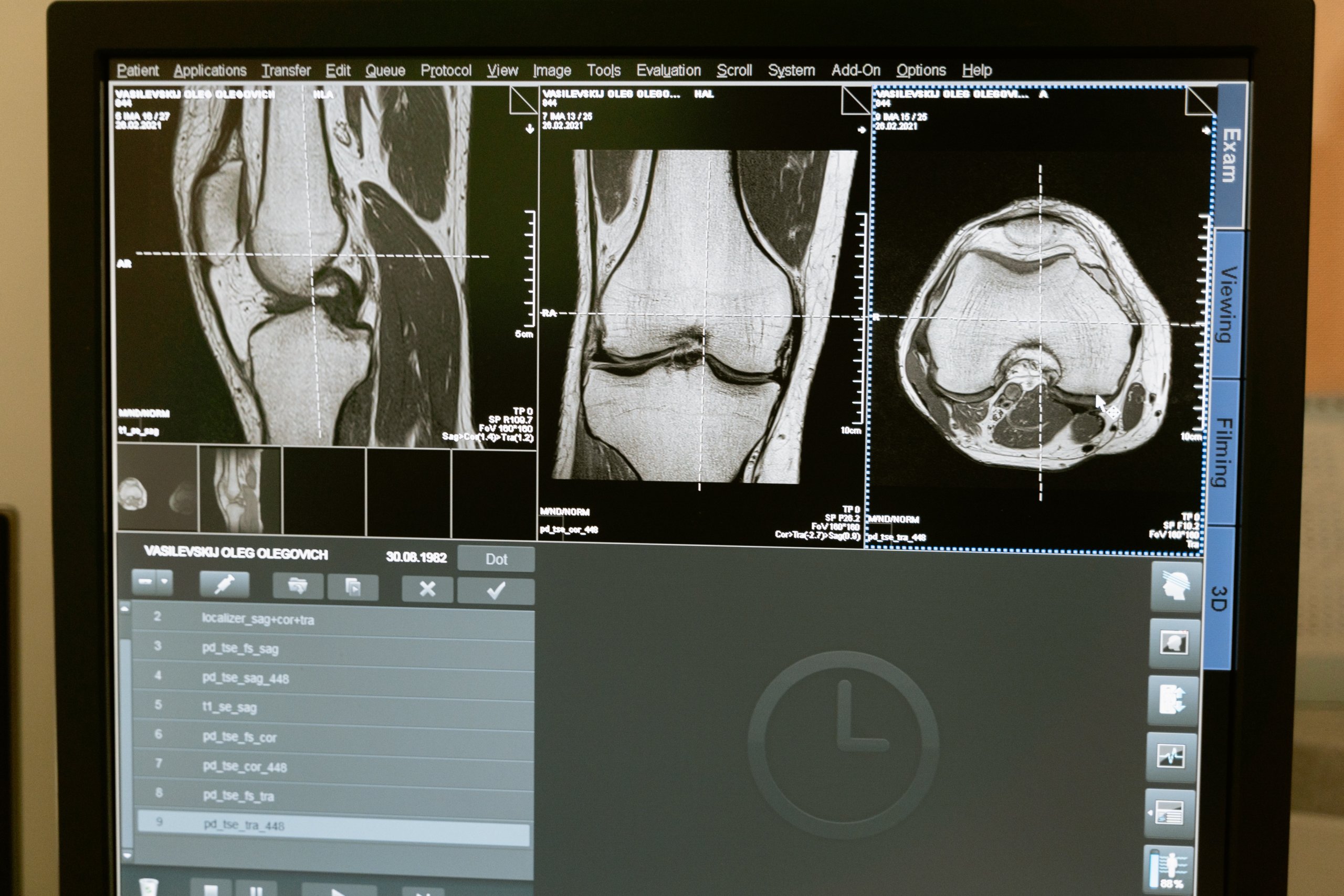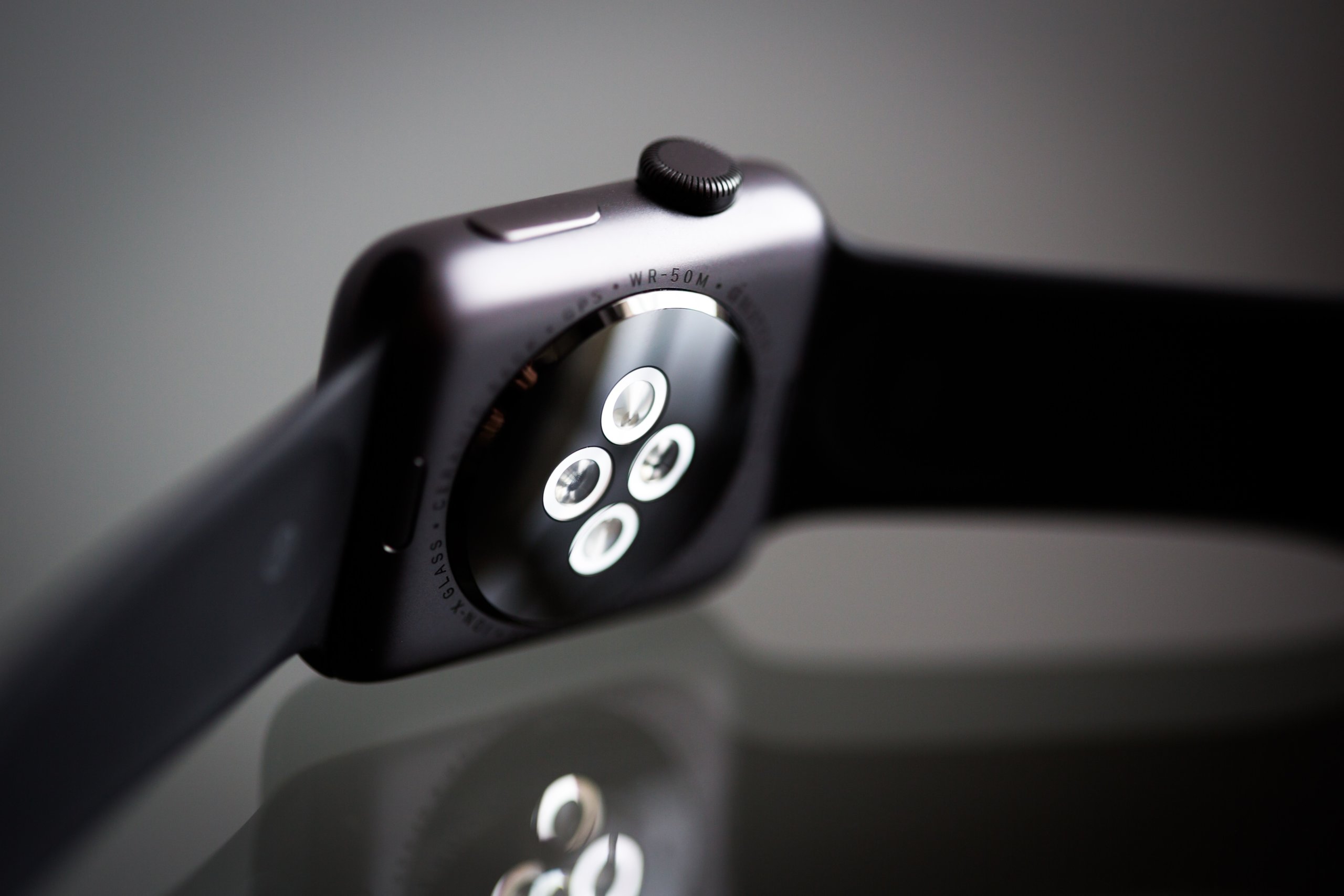 5G will bring the next big mobile transformation; with more stable connections, faster data transfer speeds, and 10x the speed of current mobile data connectivity, the way we interact with our medical providers is going to change. No longer will we have to travel to see a doctor or visit a hospital. Instead, telemedicine, remote at-home monitoring, and improved spatial computing mean we can keep our pajamas on while we undergo a check-up.
5G will bring the next big mobile transformation; with more stable connections, faster data transfer speeds, and 10x the speed of current mobile data connectivity, the way we interact with our medical providers is going to change. No longer will we have to travel to see a doctor or visit a hospital. Instead, telemedicine, remote at-home monitoring, and improved spatial computing mean we can keep our pajamas on while we undergo a check-up.
For many clinics and healthcare facilities at the moment, the cost of unlimited data does not beat current operating costs. Additionally, the strain that healthcare puts on current network speeds and latency is massive, and it seriously impacts patients’ experiences and outcomes. This issue isn’t unique to healthcare, and it affects any company doing business with IoT (the Internet of Things) implemented in its operations.
But 5G promises to repair the network strain, improve patient experience, and introduce more seamless transfer for large files. Here are five ways that 5G will help healthcare organizations provide better experiences for patients and their providers.
1. The Doctor Will See You… Right Now!
Video telecommunication can be laggy and difficult to connect in rural areas. Even in urban areas that have slow Internet speeds, video chatting quality isn’t great. But with 5G and IoT, telemedicine is forecasted to grow at a compound rate annually of 16.5% from 2017 to 2023. These huge growth numbers are attributed to the increase in demand for healthcare in rural areas and government initiatives in implementing 5G and IoT across the nation.
In telemedicine, patients and providers cannot afford any miscommunication through broken audio or laggy video; for most patients, this technology requires 5G as a foundational system upon which it can grow and expand. With telemedicine, patients can get faster treatment, prescription orders, and appointments with specialists.
2. Better AR, VR, and Spatial Computing
We know that robotic surgery has existed for the past decade, but with the addition of AR, VR, and spatial computing, doctors can train independently to offer less invasive and more innovative treatments.
Many critically ill and mentally unwell patients have been trialed with AR and VR headsets to introduce post-operative therapy and relaxation exercises. This approach is working well for many patients, and it can save these patients the discomfort and stress of physically going into an office once a week.
Dallas-headquartered AT&T is one of the mobile companies at the forefront of 5G, and they’re working with VITAS Healthcare to study how 5G-enabled AR and VR affect patient engagement. AT&T’s ultimate goal is to lessen anxiety and pain for patients with terminally ill conditions by giving them distracting and calming content through their AR and VR headsets.
Even if the patient is video conferencing a doctor across the world, a translator could join and act as the intermediary communicator between the patient and provider.
3. Sending Files Faster
Generating giant images with the tiniest details showing clearly is very important when doctors are trying to find signs of cancer, bone loss or break, and other conditions. Although an MRI can take the photo, it is often sent to a specialist in a different facility for analysis. This data transfer costs time, money, and network resources. Often, the image takes hours to upload, only to output a notification that it could not successfully send the image.
For the patient, however, waiting for news about potential cancer or immediate surgery is nerve-wracking. The image transfer process creates a bottleneck in the process for both the provider and the patient.
With 5G, however, sending large image files or large patient electronic medical records should become a thing of the past. We will be able to stably and reliably send massive amounts of data to specialists all over the country with 5G technology. In particular, for rural and elderly patients, this will transform their experience with medicine and doctors by introducing faster access to care and better quality of care.

Jason Lindgren is the CIO of Austin Cancer Center, which has a PET scanner that creates massive files: up to 1 gigabyte per patient per study. This adds up very quickly, but Lindgren says that 5G has helped the Austin Cancer Center overcome this bottleneck.
“We used to have to send the files after hours,” he says. “Now, as soon as the patient leaves the scanner, the study is already on its way. It’s beneficial to doctors because they can get the results that they need quicker.”
4. Remote At-Home Monitoring in Real-Time
Wearables are growing in popularity with consumers, and these connected devices will be key in remote monitoring. Wearables are projected to save hospitals 16% in costs over the next five years.
Moreover, an Anthem study found that 86% of doctors surveyed said that wearables increase patient engagement with their health and care.
With 5G and IoT, providers and insurance companies can monitor and encourage patients remotely and in real-time while gathering data to incorporate into the patient’s treatment plan. This data generation can also help personalize care, and providers can rest assured knowing that the data is accurate and current.

5. AI’s Impact
AI is already helping healthcare analysts determine patient treatment patterns, find potential diagnoses, and predict which patients will have postoperative complications. By giving each patient a risk score, providers can devote more time to those who need it. And for those patients who are determined to have preventable issues, providers can work earlier to mitigate any risks.
5G will allow AI algorithms to expand their training datasets, add new data in real-time, and run analyses concurrently without taxing the facility’s network.
Healthcare app developers can also create data-rich dashboards for providers to check using their mobile devices.
2020 and Beyond
5G will introduce so many different medical applications that it’s hard to fathom what they’ll be. The possibilities are truly endless for innovation in this space. With 5G in healthcare, we look forward to better quality of care, patient experiences, and patient outcomes.
Costs should go down as a result, and providers can (hopefully) expect to experience a much better work-life balance, while treatment and care will become more preventative, personalized, and predictive.
How do you think 5G will impact healthcare? Which of the items on this list was your favorite? As always, let us know your thoughts in the comments below!





